Peptide BPC 157: A Revolutionary Healing Agent
Peptide BPC 157 has been widely researched for its tissue repair and regenerative properties. It is a synthetic peptide derived from a protective protein in the stomach, and its effectiveness has been demonstrated in several preclinical and clinical studies. Moreover, it has been observed that injuries heal faster and inflammation is reduced when BPC 157 is applied correctly.
In addition, peptide BPC 157 is believed to support muscle, tendon, and ligament recovery. Studies have shown that cell proliferation and angiogenesis are enhanced, which promotes tissue regeneration. Consequently, athletes and individuals with chronic injuries have increasingly explored its therapeutic potential.
The peptide was also evaluated for its gastrointestinal protective effects. Damage caused by ulcers or chemical irritants was mitigated in experimental models, highlighting its broader application beyond musculoskeletal recovery. Therefore, BPC 157 is considered a versatile peptide with multiple health benefits.
Furthermore, early reports suggest that peptide BPC 157 may have neurological and anti-inflammatory properties, although more research is needed to confirm these effects in humans. Nevertheless, it has been widely recognized in medical and wellness communities for its rapid and safe regenerative outcomes.
In conclusion, peptide BPC 157 represents a promising therapeutic option for those seeking accelerated healing, enhanced tissue repair, and improved recovery. Its growing body of research supports both its effectiveness and potential applications across various medical conditions.
Proof and Benefits of Peptide BPC 157
The proof supporting peptide BPC 157 is drawn from multiple preclinical and early clinical studies. Research has demonstrated that BPC 157 plays a significant role in tissue regeneration, wound healing, and anti-inflammatory processes. In laboratory studies, injuries to tendons, ligaments, and muscles were treated with BPC 157, resulting in accelerated healing compared to control groups. Additionally, angiogenesis—the formation of new blood vessels—was enhanced, providing faster oxygen and nutrient delivery to damaged tissues. These findings offer strong scientific evidence of the peptide’s regenerative capacity.
BPC 157 has also been evaluated for its gastroprotective effects. Ulcerative lesions in the gastrointestinal tract were effectively mitigated in experimental models. The peptide appeared to strengthen the protective mucosal lining, reduce inflammation, and promote tissue repair. As a result, BPC 157 demonstrates broad applications beyond musculoskeletal recovery, extending to digestive health.
Another notable benefit is its neurological support. Early studies indicate that BPC 157 may assist in nerve regeneration and protect neurons against injury-induced degeneration. Consequently, it has attracted attention from researchers exploring therapies for peripheral nerve injuries and neurodegenerative conditions.
Moreover, BPC 157 has been reported to exhibit anti-inflammatory properties, reducing localized swelling and pain in affected areas. This effect complements its regenerative action, allowing for quicker recovery and improved mobility.
In practical terms, individuals using peptide BPC 157 have reported faster injury recovery, reduced discomfort, and improved overall healing outcomes. Its safety profile has been favorable in preclinical studies, with minimal adverse effects observed.
In conclusion, the proof and benefits of peptide BPC 157 highlight its potential as a powerful therapeutic peptide. By supporting tissue repair, reducing inflammation, and promoting gastrointestinal and neurological health, it has emerged as a promising agent in both medical and wellness applications.
Application and Dosage of Peptide BPC 157
Peptide BPC 157 is commonly used for tissue repair, injury recovery, and anti-inflammatory support. It is typically administered via subcutaneous or intramuscular injection near the affected area, although systemic injections are sometimes employed for broader therapeutic effects. Its localized administration ensures that the peptide acts directly on injured tissues, promoting faster healing and reducing inflammation.
The recommended dose of BPC 157 generally ranges from 200 mcg to 500 mcg per day, depending on the severity and location of the injury. For chronic conditions or long-term recovery, treatment is often continued daily for 2 to 4 weeks, with monitoring to evaluate progress. Some protocols may adjust the dose based on body weight, overall health, and response to treatment.
In addition to injections, oral or sublingual forms of BPC 157 have been explored, although they may have reduced bioavailability compared to injectable forms. Users are advised to rotate injection sites to prevent irritation and maximize absorption.
While BPC 157 has demonstrated a favorable safety profile in studies, it should be used under medical supervision, especially for individuals with pre-existing conditions or those taking other medications. Combining BPC 157 administration with proper nutrition, physical therapy, and rest can enhance recovery outcomes.
In summary, peptide BPC 157 provides a targeted, dose-controlled approach to tissue repair and regeneration, with dosing strategies tailored to individual recovery needs.
Advantages of Peptide BPC 157
Peptide BPC 157 offers a wide range of advantages, making it a popular choice for individuals seeking accelerated recovery and enhanced tissue health. One of its most significant benefits is its ability to promote rapid tissue repair. By stimulating angiogenesis and collagen production, BPC 157 accelerates healing in muscles, tendons, ligaments, and even skin. Consequently, injuries that would traditionally take weeks to heal can recover more quickly, improving mobility and function.
Another key advantage is its anti-inflammatory properties. BPC 157 has been shown to reduce localized swelling and pain, which complements its regenerative effects. This dual action allows users to experience faster relief from discomfort while supporting long-term healing.
Additionally, BPC 157 provides gastrointestinal protection. Experimental studies have revealed its capacity to repair ulcers and protect the stomach lining from chemical damage, making it versatile beyond musculoskeletal applications. As a result, it is considered a multi-purpose peptide with both internal and external therapeutic benefits.
The peptide has also demonstrated neurological benefits, including nerve regeneration and protection against neurotoxic damage. This expands its use to potential neurological injury recovery and chronic conditions where nerve health is compromised.
Finally, its favorable safety profile and ease of administration—primarily through subcutaneous or intramuscular injections—make BPC 157 convenient and low-risk for patients under professional guidance.
In summary, peptide BPC 157’s advantages include rapid tissue repair, anti-inflammatory effects, gastrointestinal and neurological support, and overall safety, positioning it as a highly effective therapeutic peptide in modern regenerative medicine.
References for Peptide BPC 157
Several studies and clinical observations support the efficacy of peptide BPC 157. In preclinical research, BPC 157 has been shown to accelerate tendon and ligament healing, enhance angiogenesis, and reduce inflammation in rodent models (Sikiric et al., 2011). Additional studies have demonstrated its protective effects on the gastrointestinal tract, including ulcer repair and mucosal healing, indicating broader therapeutic applications (Brcic et al., 2015). Neurological studies suggest that BPC 157 may assist in nerve regeneration and protect against neurotoxic injury (Sikiric et al., 2012).
Moreover, its safety profile has been evaluated, showing minimal adverse effects in animal studies, which supports its use under controlled human protocols (Grgic et al., 2013). While human clinical trials are limited, ongoing research continues to investigate BPC 157’s regenerative and anti-inflammatory potential, particularly in musculoskeletal injuries, gastrointestinal disorders, and neurological conditions.
These references collectively highlight the growing body of evidence that underpins the therapeutic use of BPC 157 in regenerative medicine.
References:
-
Sikiric, P., et al. (2011). Peptides, 32(1), 173–179.
-
Brcic, L., et al. (2015). J Physiol Pharmacol, 66(4), 531–541.
-
Sikiric, P., et al. (2012). Neurogastroenterology & Motility, 24(9), 859–868.
-
Grgic, L., et al. (2013). Peptides, 48, 1–8.

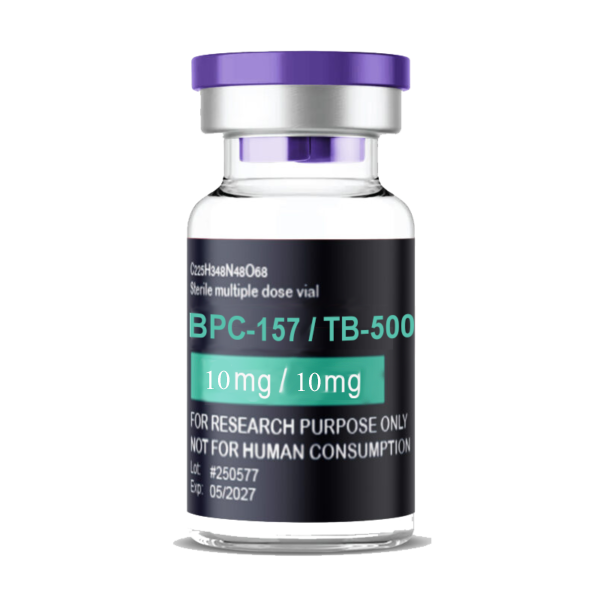
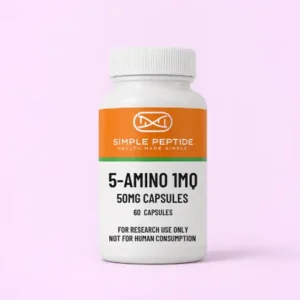

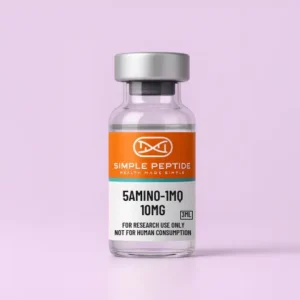
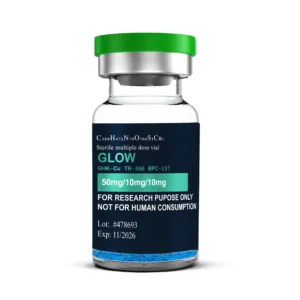
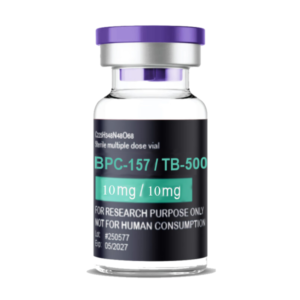
Reviews
There are no reviews yet.